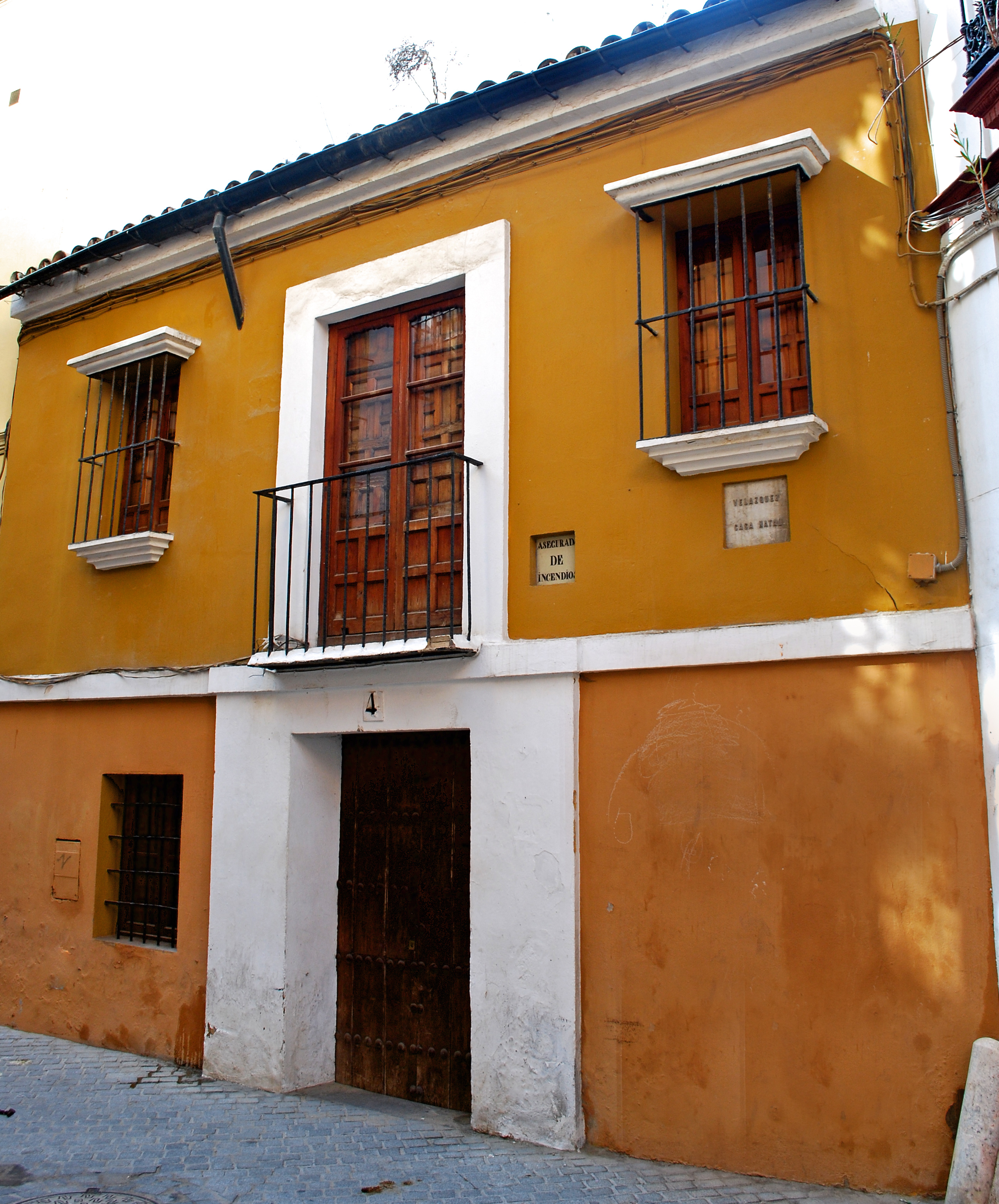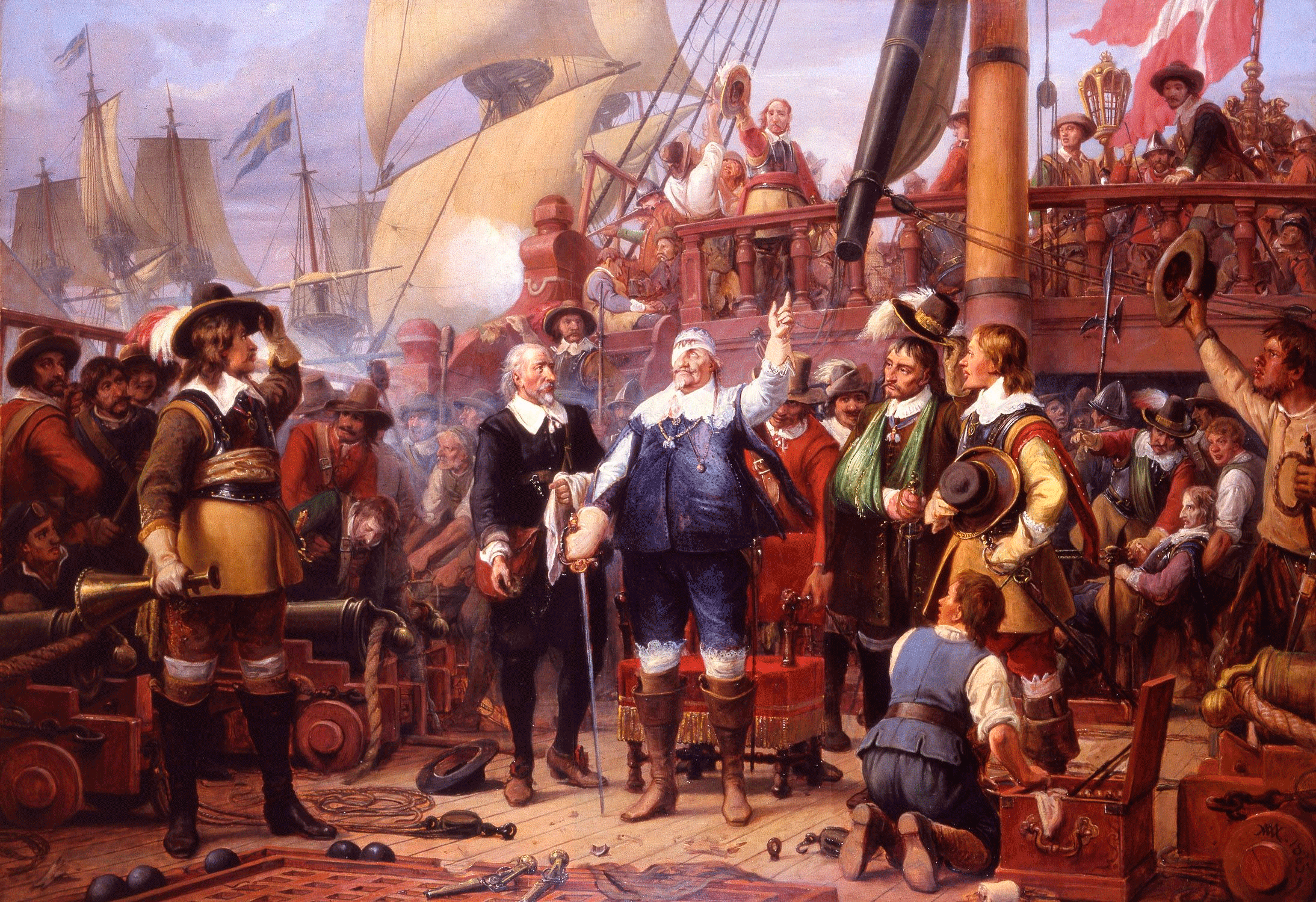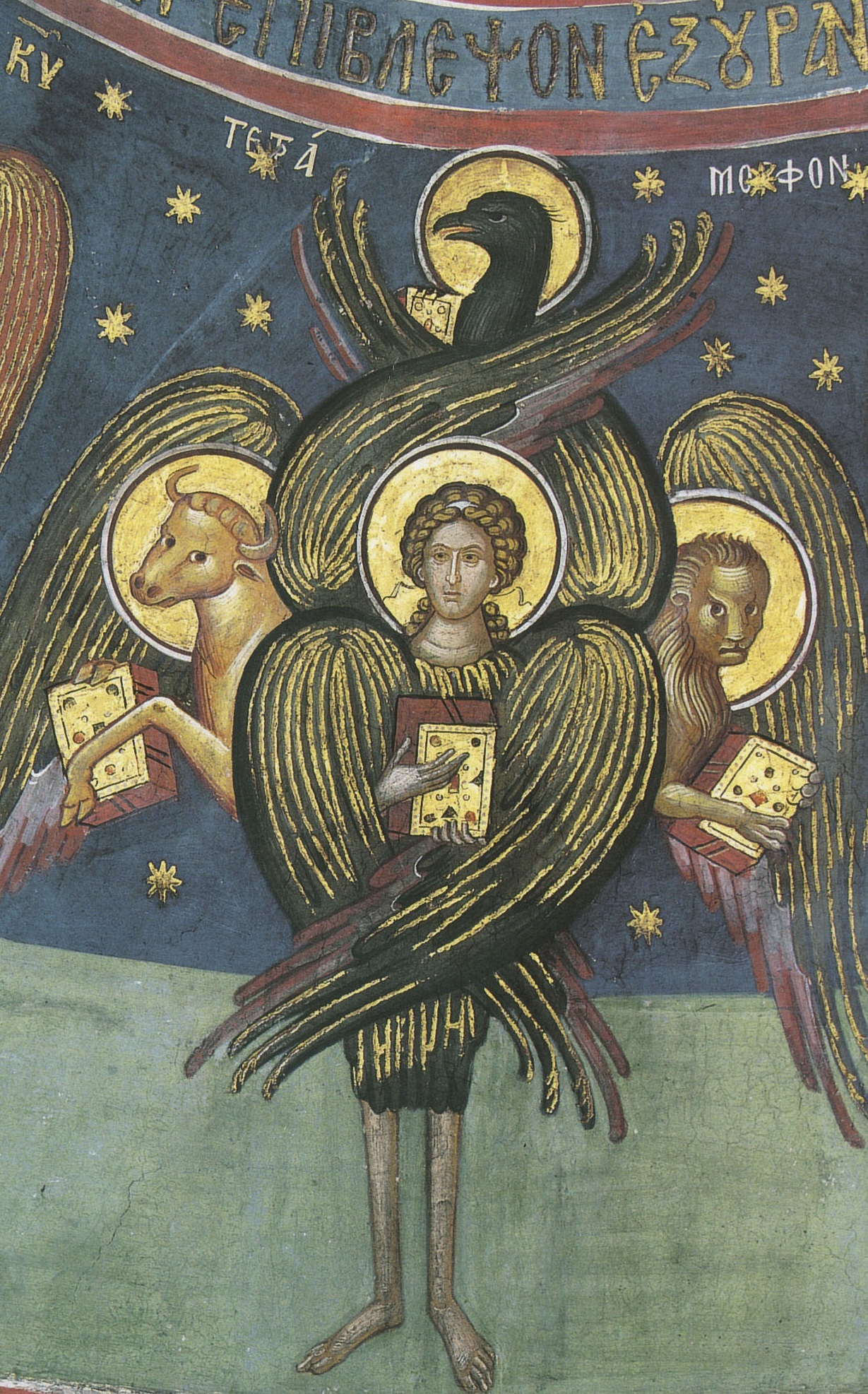|
Coronation Of The Virgin (Velázquez)
''The Coronation of the Virgin'' is a painting by Diego Velázquez of the Holy Trinity crowning the Blessed Virgin Mary, a theme in Marian art. It is now at the Museo del Prado. It was probably commissioned for the oratory of the court of Elisabeth of France, queen consort to Philip IV of Spain, in the Real Alcázar of Madrid. There it joined others on Marian religious festivities by the Naples painter Andrea Vaccaro which had been brought to Madrid by cardinal Gaspar de Borja y Velasco. The model for Mary in the work may be the same model as the artist used for the ''Rokeby Venus''. Description Velázquez's coronation of the Virgin is exceptional for being a rare religious work by an artist better known for his portraits, and for the air of naturalness and simplicity not found in works by other Baroque religious painters. Its composition is based on an inverted triangle, giving a sense of great equilibrium and harmonious lines and reminiscent (both in its colour and form) o ... [...More Info...] [...Related Items...] OR: [Wikipedia] [Google] [Baidu] |
Diego Velázquez
Diego Rodríguez de Silva y Velázquez (baptized June 6, 1599August 6, 1660) was a Spanish painter, the leading artist in the court of King Philip IV of Spain and Portugal, and of the Spanish Golden Age. He was an individualistic artist of the Baroque period (c.1600–1750). He began to paint in a precise tenebrist style, later developing a freer manner characterized by bold brushwork. In addition to numerous renditions of scenes of historical and cultural significance, he painted scores of portraits of the Spanish royal family and commoners, culminating in his masterpiece ''Las Meninas'' (1656). Velázquez's paintings became a model for 19th-century realist and impressionist painters. In the 20th century, artists such as Pablo Picasso, Salvador Dalí, and Francis Bacon paid tribute to Velázquez by re-interpreting some of his most iconic images. Most of his work entered the Spanish royal collection, and by far the best collection is in the Museo del Prado in Madrid, thoug ... [...More Info...] [...Related Items...] OR: [Wikipedia] [Google] [Baidu] |
Rokeby Venus
The ''Rokeby Venus'' (; also known as ''The Toilet of Venus'', ''Venus at her Mirror'', ''Venus and Cupid'', or '' La Venus del espejo'') is a painting by Diego Velázquez, the leading artist of the Spanish Golden Age. Completed between 1647 and 1651,The Rokeby Venus . National Gallery (London), National Gallery, London. Retrieved on 25 December 2007. and probably painted during the artist's visit to Italy, the work depicts the goddess Venus (mythology), Venus in a sensual pose, lying on a bed and looking into a mirror held by the Roman mythology, Roman god of physical love, her son Cupid. The painting is in the National Gallery (London), National Gallery, London. Numerous works, from the ancient to the baroque, have been cited as sources of inspiration for Velázqu ... [...More Info...] [...Related Items...] OR: [Wikipedia] [Google] [Baidu] |
Paintings Of The Coronation Of The Virgin
Painting is the practice of applying paint, pigment, color or other medium to a solid surface (called the "matrix" or "support"). The medium is commonly applied to the base with a brush, but other implements, such as knives, sponges, and airbrushes, can be used. In art, the term ''painting ''describes both the act and the result of the action (the final work is called "a painting"). The support for paintings includes such surfaces as walls, paper, canvas, wood, glass, lacquer, pottery, leaf, copper and concrete, and the painting may incorporate multiple other materials, including sand, clay, paper, plaster, gold leaf, and even whole objects. Painting is an important form in the visual arts, bringing in elements such as drawing, composition, gesture (as in gestural painting), narration (as in narrative art), and abstraction (as in abstract art). Paintings can be naturalistic and representational (as in still life and landscape painting), photographic, abstract, nar ... [...More Info...] [...Related Items...] OR: [Wikipedia] [Google] [Baidu] |
1644 Paintings
It is one of eight years (CE) to contain each Roman numeral once (1000(M)+500(D)+100(C)+(-10(X)+50(L))+(-1(I)+5(V)) = 1644). Events January–March * January 22 – The Royalist Oxford Parliament is first assembled by King Charles I of England. * January 26 – First English Civil War – Battle of Nantwich: The Parliamentarians defeat the Royalists, allowing them to end the 6-week Siege of Nantwich in Cheshire, England. * January 30 – **Dutch explorer Abel Tasman departs from Batavia in the Dutch East Indies (now Jakarta in Indonesia) on his second major expedition for the Dutch East India Company, to maps the north coast of Australia. Tasman commands three ships, ''Limmen'', ''Zeemeeuw'' and ''Braek'', and returns to Batavia on August 4 with no major finds. ** Battle of Ochmatów: Polish–Lithuanian Commonwealth forces under hetman Stanisław Koniecpolski secure a substantial victory over the horde of Crimean Tatars, under Tugay Bey. * Febru ... [...More Info...] [...Related Items...] OR: [Wikipedia] [Google] [Baidu] |
Paintings By Diego Velázquez In The Museo Del Prado
Painting is the practice of applying paint, pigment, color or other medium to a solid surface (called the "matrix" or "support"). The medium is commonly applied to the base with a brush, but other implements, such as knives, sponges, and airbrushes, can be used. In art, the term ''painting ''describes both the act and the result of the action (the final work is called "a painting"). The support for paintings includes such surfaces as walls, paper, canvas, wood, glass, lacquer, pottery, leaf, copper and concrete, and the painting may incorporate multiple other materials, including sand, clay, paper, plaster, gold leaf, and even whole objects. Painting is an important form in the visual arts, bringing in elements such as drawing, Composition (visual arts), composition, gesture (as in gestural painting), narrative, narration (as in narrative art), and abstraction (as in abstract art). Paintings can be naturalistic and representational (as in still life and landscape art, lands ... [...More Info...] [...Related Items...] OR: [Wikipedia] [Google] [Baidu] |
Carmine
Carmine ()also called cochineal (when it is extracted from the cochineal insect), cochineal extract, crimson lake, or carmine lake is a pigment of a bright-red color obtained from the aluminium complex derived from carminic acid. Specific code names for the pigment include natural red 4, C.I. 75470, or E120. ''Carmine'' is also a general term for a particularly deep-red color. Etymology The English word "carmine" is derived from the French word ''carmin'' (12th century), from Medieval Latin ''carminium'', from Persian ''qirmiz'' ("crimson"), which itself derives from Middle Persian ''carmir'' ("red, crimson"). The Persian term ''carmir'' is likely cognate with Sanskrit ''krimiga'' ("insect-produced"), from ''krmi'' ("worm, insect"). The Persian word for "worm, insect" is ''kirm'', and in Iran (Persia) the red colorant carmine was extracted from the bodies of dead female insects such as ''Kermes vermilio'' and cochineal. The form of the term may also have been influen ... [...More Info...] [...Related Items...] OR: [Wikipedia] [Google] [Baidu] |
Bartolomé Esteban Murillo
Bartolomé Esteban Murillo ( , ; late December 1617, baptized January 1, 1618April 3, 1682) was a Spanish Baroque painter. Although he is best known for his religious works, Murillo also produced a considerable number of paintings of contemporary women and children. These lively realistic portraits of flower girls, street urchins, and beggars constitute an extensive and appealing record of the everyday life of his times. He also painted two self-portraits, one in the Frick Collection portraying him in his 30s, and one in London's National Gallery portraying him about 20 years later. In 2017–18, the two museums held an exhibition of them. Childhood Murillo was probably born in December 1617 to Gaspar Esteban, an accomplished barber surgeon, and María Pérez Murillo. He may have been born in Seville or in Pilas, a smaller Andalusian town. It is clear that he was baptized in Santa Maria Magdalena, a parish in Seville in 1618. After his parents died in 1627 and 1628, he became ... [...More Info...] [...Related Items...] OR: [Wikipedia] [Google] [Baidu] |
Cherub
A cherub (; plural cherubim; he, כְּרוּב ''kərūḇ'', pl. ''kərūḇīm'', likely borrowed from a derived form of akk, 𒅗𒊏𒁍 ''karabu'' "to bless" such as ''karibu'', "one who blesses", a name for the lamassu) is one of the unearthly beings who directly attend to God, according to Abrahamic religions. The numerous depictions of cherubim assign to them many different roles, such as protecting the entrance of the Garden of Eden. Abrahamic religious traditions In Jewish angelic hierarchy, cherubim have the ninth (second-lowest) rank in Maimonides' ''Mishneh Torah'' (12th century), and the third rank in Kabbalistic works such as ''Berit Menuchah'' (14th century). ''De Coelesti Hierarchia'' places them in the highest rank alongside Seraphim and Thrones. In the Book of Ezekiel and (at least some) Christian icons, the cherub is depicted as having two pairs of wings, and four faces: that of a lion (representative of all wild animals), an ox ( domestic animals), ... [...More Info...] [...Related Items...] OR: [Wikipedia] [Google] [Baidu] |
Holy Trinity
The Christian doctrine of the Trinity (, from 'threefold') is the central dogma concerning the nature of God in most Christian churches, which defines one God existing in three coequal, coeternal, consubstantial divine persons: God the Father, God the Son (Jesus Christ) and God the Holy Spirit, three distinct persons sharing one ''homoousion'' (essence) "each is God, complete and whole." As the Fourth Lateran Council declared, it is the Father who begets, the Son who is begotten, and the Holy Spirit who proceeds. In this context, the three persons define God is, while the one essence defines God is. This expresses at once their distinction and their indissoluble unity. Thus, the entire process of creation and grace is viewed as a single shared action of the three divine persons, in which each person manifests the attributes unique to them in the Trinity, thereby proving that everything comes "from the Father," "through the Son," and "in the Holy Spirit." This doctrine ... [...More Info...] [...Related Items...] OR: [Wikipedia] [Google] [Baidu] |
Holy Spirit
In Judaism, the Holy Spirit is the divine force, quality, and influence of God over the Universe or over his creatures. In Nicene Christianity, the Holy Spirit or Holy Ghost is the third person of the Trinity. In Islam, the Holy Spirit acts as an agent of divine action or communication. In the Baha’i Faith, the Holy Spirit is seen as the intermediary between God and man and "the outpouring grace of God and the effulgent rays that emanate from His Manifestation". Comparative religion The Hebrew Bible contains the term " spirit of God" (''ruach hakodesh'') which by Jews is interpreted in the sense of the might of a unitary God. This interpretation is different from the Christian conception of the Holy Spirit as one person of the Trinity. The Christian concept tends to emphasize the moral aspect of the Holy Spirit more than Judaism, evident in the epithet Spirit that appeared in Jewish religious writings only relatively late but was a common expression in the Christian N ... [...More Info...] [...Related Items...] OR: [Wikipedia] [Google] [Baidu] |
Gaspar De Borja Y Velasco
Gaspar de Borja y Velasco (26 June 1580 – 28 December 1645) was a Spanish cardinal, ecclesiastic and politician. He belonged to the house of Borgia (though he always used the Spanish spelling of ''Borja'') and served as Primate of Spain, Archbishop of Seville, Archbishop of Toledo and viceroy of Naples. He was the great-great-great-great-grandson of Pope Alexander VI. Family Borja was born at Villalpando. His father was Francisco Tomás de Borja y Centellas, 6th Duke of Gandia, the son of Francis Borgia (4th Duke of Gandia and 3rd Father-General of the Society of Jesus) and thus related to Pope Callixtus III and Pope Alexander VI - one historian refers to Gaspar wanting to become the third Borgia pope. Gaspar's mother was Juana Enríquez de Velasco y de Aragón, daughter of Iñigo Tovar y Fernández de Velasco, 4th Duke of Frías and 10th Constable of Castile. Life He graduated from the Universidad Complutense, in the Colegio Mayor de San Ildefonso, with a degree in Theology. He ... [...More Info...] [...Related Items...] OR: [Wikipedia] [Google] [Baidu] |
Madrid
Madrid ( , ) is the capital and most populous city of Spain. The city has almost 3.4 million inhabitants and a metropolitan area population of approximately 6.7 million. It is the second-largest city in the European Union (EU), and its monocentric metropolitan area is the third-largest in the EU.United Nations Department of Economic and Social AffairWorld Urbanization Prospects (2007 revision), (United Nations, 2008), Table A.12. Data for 2007. The municipality covers geographical area. Madrid lies on the River Manzanares in the central part of the Iberian Peninsula. Capital city of both Spain (almost without interruption since 1561) and the surrounding autonomous community of Madrid (since 1983), it is also the political, economic and cultural centre of the country. The city is situated on an elevated plain about from the closest seaside location. The climate of Madrid features hot summers and cool winters. The Madrid urban agglomeration has the second-large ... [...More Info...] [...Related Items...] OR: [Wikipedia] [Google] [Baidu] |





_04_ies.jpg)



